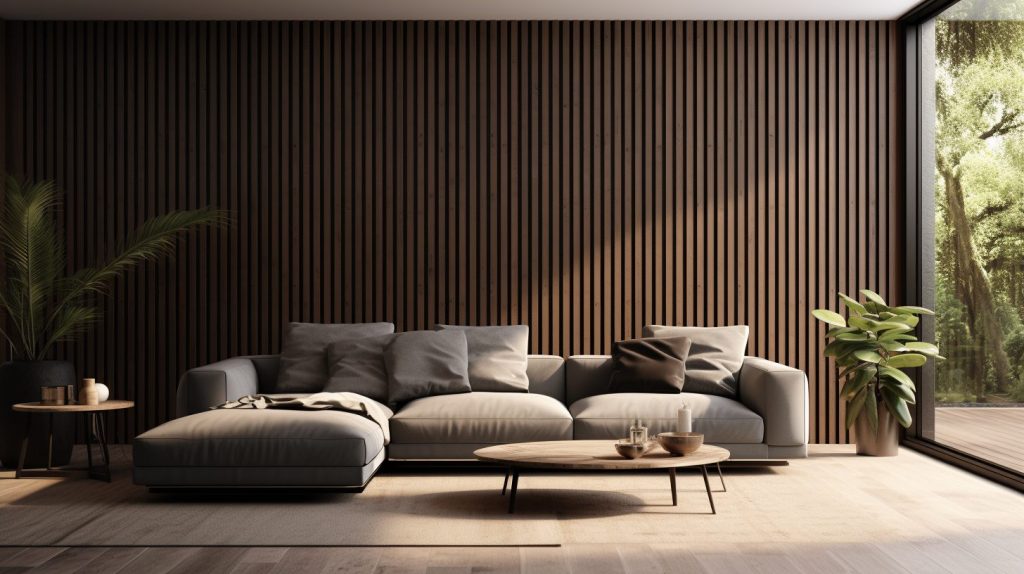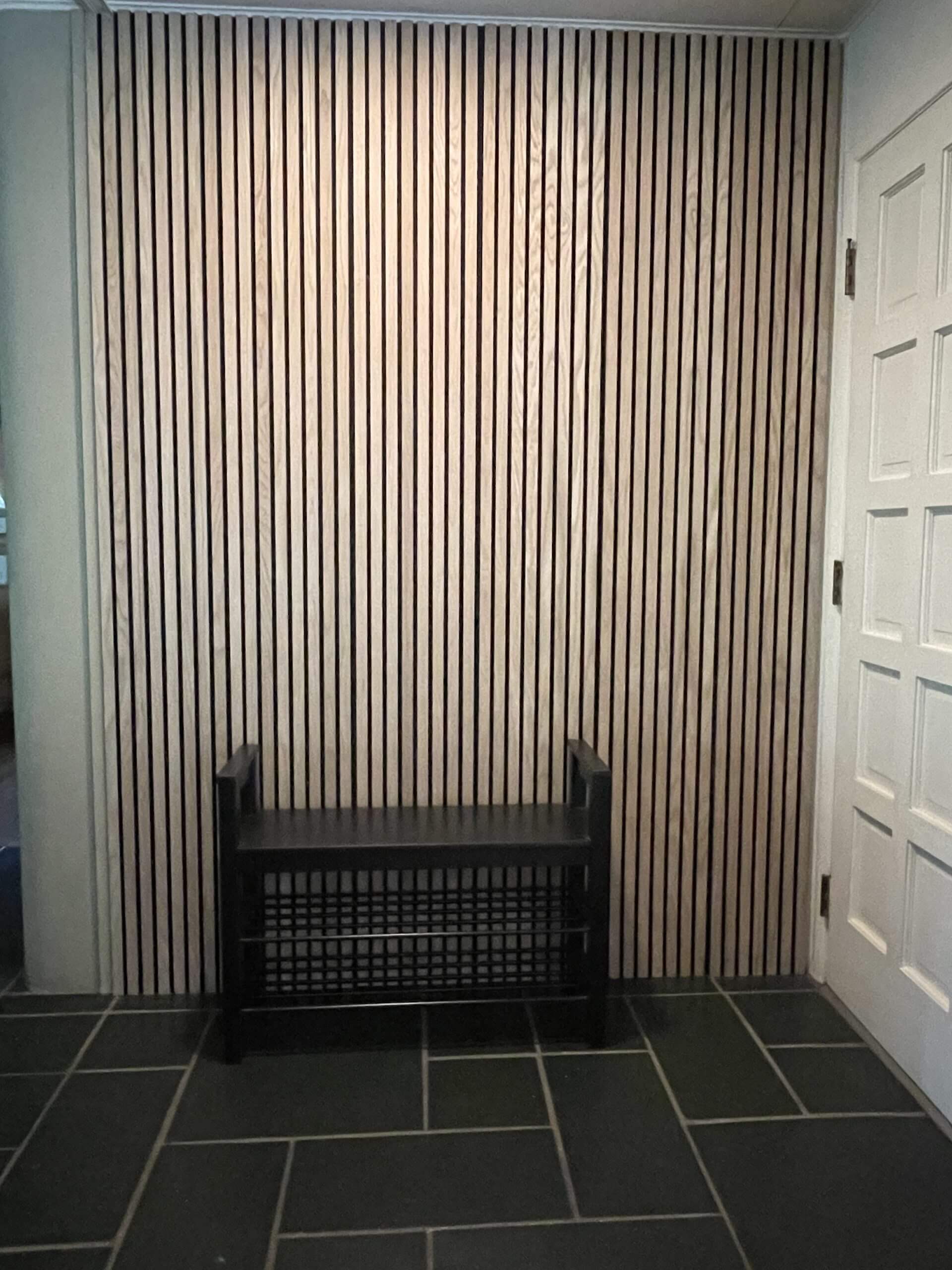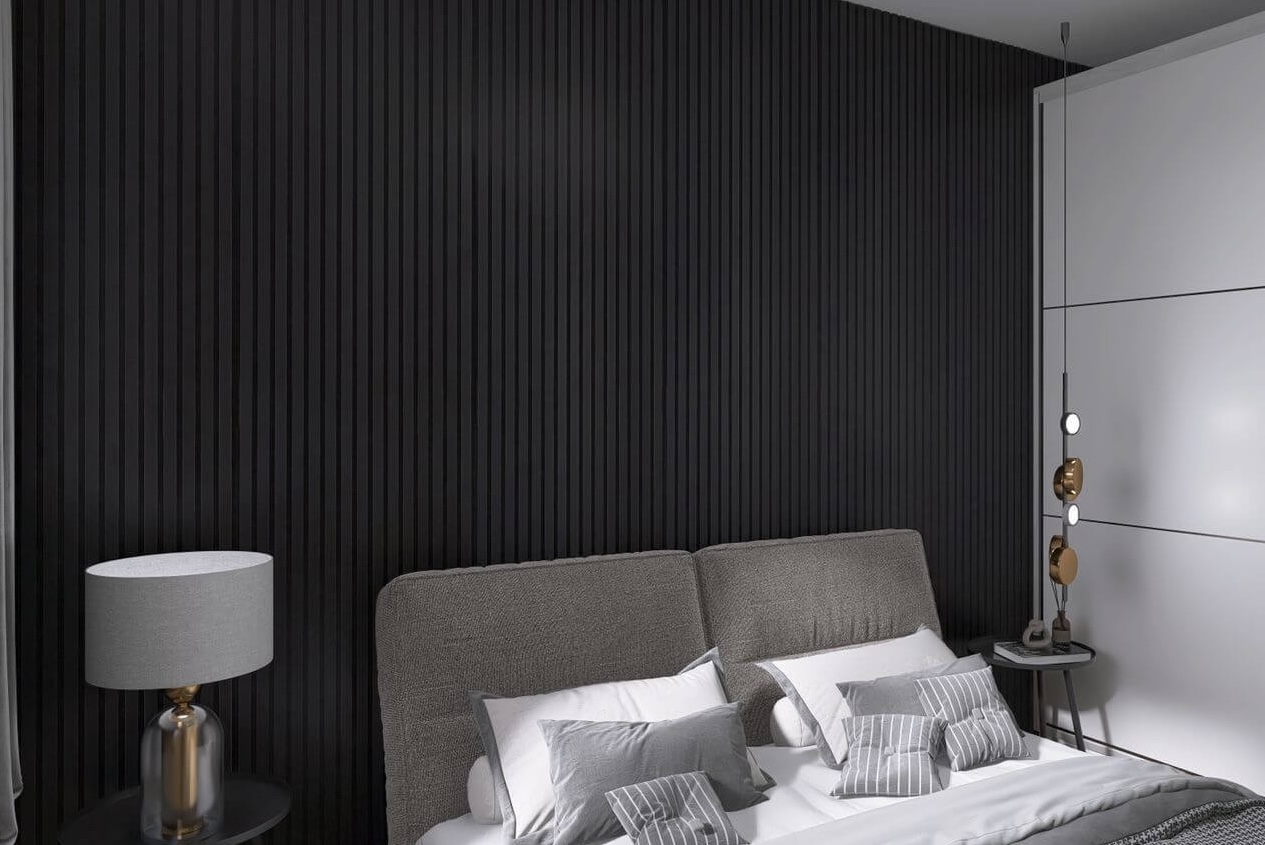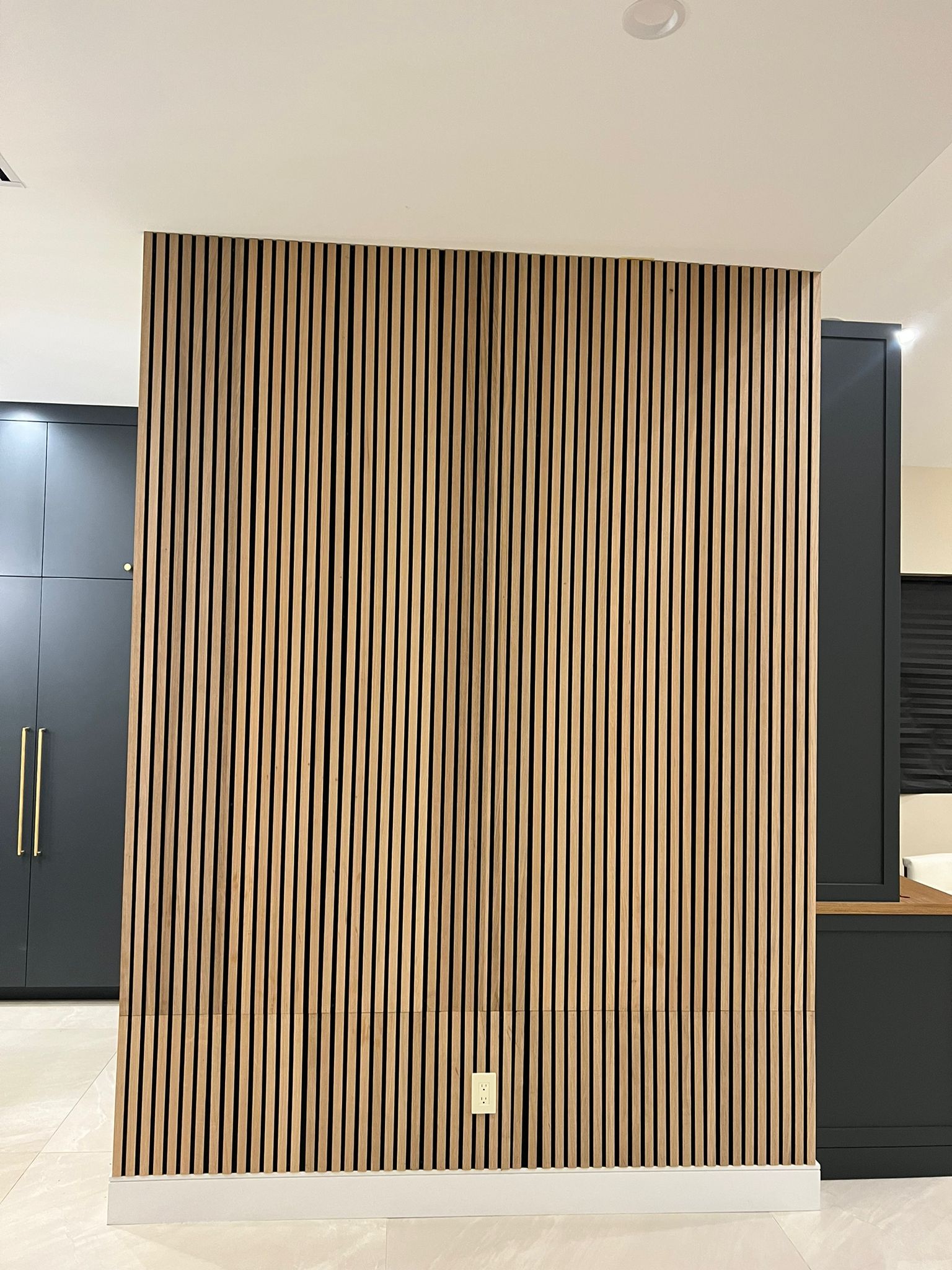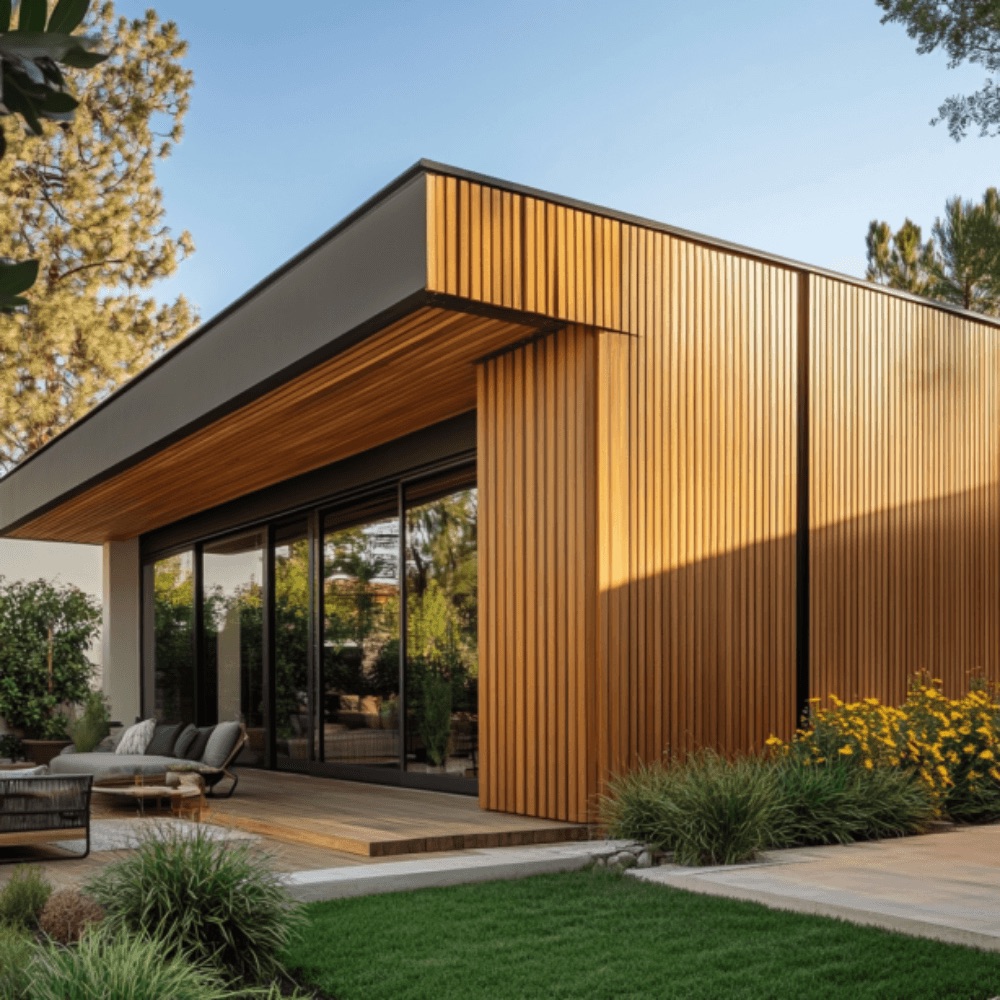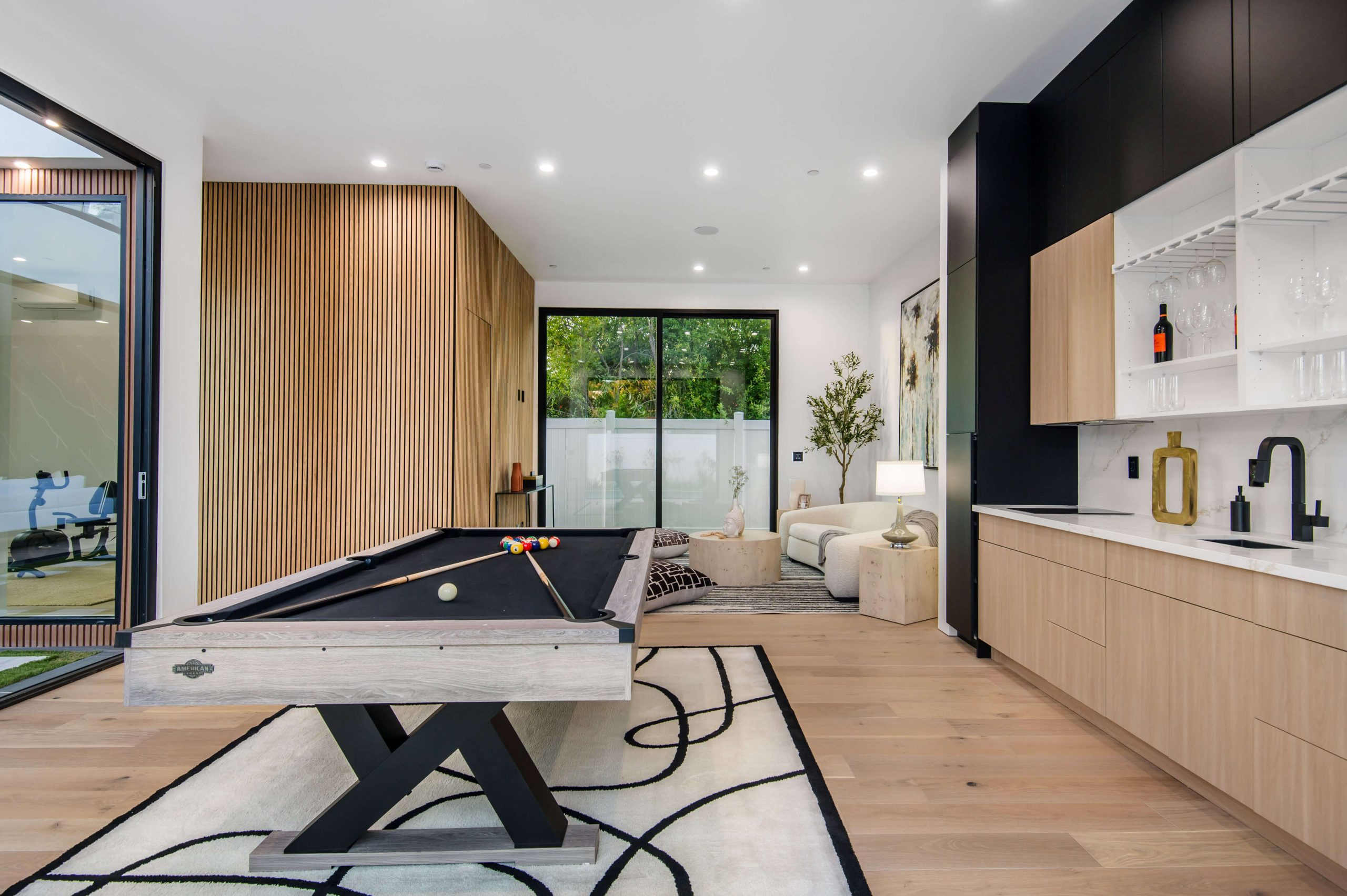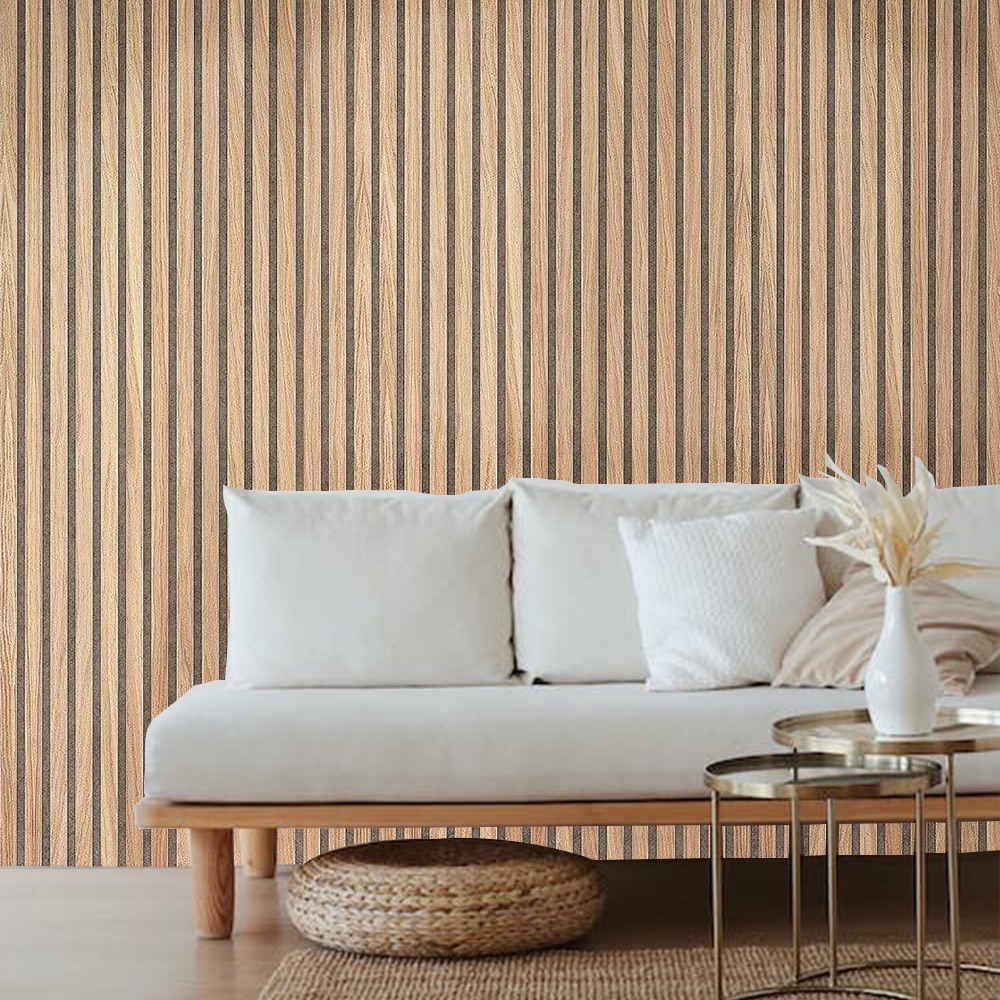In today’s world, homeowners and interior designers alike are seeking ways to create healthier living environments. One of the most underrated solutions to improve wellness at home is through the use of wood paneling. Not only does wood paneling provide aesthetic value, but it also significantly enhances indoor air quality. This blog dives deep into how wood paneling boosts indoor air quality and offers actionable insights to help you make informed decisions.
What is Wood Paneling, and Why Does It Matter?
Wood paneling has been a favorite among homeowners for centuries due to its natural beauty, durability, and versatility. Today, modern innovations have taken this design element further by ensuring that wood paneling can also contribute positively to indoor air quality.
Wood is a natural material that absorbs moisture, regulates temperature, and even traps harmful pollutants, which creates a healthier living space. When combined with proper ventilation and air-purifying systems, wood paneling boosts indoor air quality and adds an extra layer of wellness to any room.
How Wood Paneling Boosts Indoor Air Quality: A Breakdown
1. Natural Absorption of Pollutants
Wood is known for its ability to absorb and trap pollutants, helping to keep harmful particles out of the air. This is especially beneficial for those suffering from allergies or respiratory issues.
- VOC Absorption: Volatile organic compounds (VOCs) are commonly found in synthetic materials, paints, and other household products. Some wood panels, particularly untreated ones, can help reduce VOC levels in the air, contributing to a healthier home.
- Natural Filtration: Wood has a porous structure, which allows it to filter air naturally by trapping dust and other airborne contaminants.
Incorporating wood paneling not only elevates the design of a space but also acts as a natural air filter, ensuring cleaner indoor air. This makes wood paneling an ideal solution for those seeking a more breathable, healthy indoor environment.
2. Moisture Regulation
One of the most remarkable properties of wood is its ability to regulate moisture levels. High humidity levels can lead to the growth of mold, mildew, and other harmful bacteria, which negatively impacts air quality.
- Hygroscopic Nature: Wood absorbs moisture from the air in humid conditions and releases it when the air becomes dry. This natural regulation prevents excess moisture buildup, which can foster unhealthy conditions inside your home.
This moisture-regulating property ensures that wood paneling boosts indoor air quality by keeping the humidity at a balanced level, reducing the chances of mold formation.
Types of Wood Panels That Improve Indoor Air Quality
There are several types of wood panels available, each offering unique benefits for air quality improvement:
1. Natural Oak Wood Panels
Natural oak wood panels are known for their high density and durability. They not only enhance the aesthetic appeal of your home but also contribute to better air quality.
- Durability and Beauty: Oak wood panels have a long lifespan, making them a great investment for your home.
- Sustainable Choice: Oak is a renewable resource, making it an eco-friendly option for improving both air quality and environmental sustainability.
2. MDF Wood Veneer Panels
MDF (Medium Density Fiberboard) is a highly durable material made from recycled wood fibers. These panels offer excellent sound absorption and moisture regulation properties.
- Sound Absorption: MDF panels can reduce noise pollution, creating a calmer indoor environment.
- Moisture Control: MDF’s fiber construction allows it to absorb moisture effectively, further preventing mold growth and improving air quality.
By choosing these types of panels, you’re ensuring that your wood paneling boosts indoor air quality, while also benefiting from superior durability and aesthetics.
Additional Health Benefits of Wood Paneling
Beyond improving air quality, wood paneling offers other wellness advantages:
1. Stress Reduction
Natural materials like wood have a calming effect on people. Studies have shown that exposure to wood in interior spaces can reduce stress and promote relaxation, making wood paneling a perfect addition to bedrooms and living areas.
2. Acoustic Properties
Wood paneling is also known for its excellent acoustic properties, as it absorbs sound and reduces echoes, creating a more peaceful and comfortable living environment.
- Soundproofing: Wood paneling’s ability to absorb sound minimizes noise pollution, improving the overall atmosphere of your home.
- Enhanced Comfort: Less noise means a more relaxed and restful environment, which further contributes to overall wellness.
How to Choose the Right Wood Panel for Your Home
Selecting the right wood panel for your home can significantly impact your indoor air quality. Here’s a simple guide to choosing the best wood panel:
1. Look for Natural or Untreated Wood
Choose natural or untreated wood whenever possible. These panels are free from harmful chemicals, such as formaldehyde, that are often found in synthetic materials.
2. Check for Certifications
Ensure that the wood panels you choose come from sustainably managed forests. Look for certifications such as the Forest Stewardship Council (FSC) seal, which ensures environmentally responsible practices.
3. Consider Your Home’s Climate
Different woods perform better in different climates. For example, oak panels are ideal for humid environments due to their moisture-absorbing properties.
By considering these factors, you can ensure that wood paneling boosts indoor air quality while also aligning with your home’s environmental and aesthetic needs.
Frequently Asked Questions
1. How does wood paneling improve air quality?
Wood paneling boosts indoor air quality by absorbing harmful pollutants, regulating humidity, and reducing VOCs, which can be found in other synthetic building materials.
2. Which type of wood panel is best for air quality?
Natural oak and MDF wood veneer panels are excellent choices for improving air quality due to their natural filtration, sound absorption, and moisture-regulating properties.
3. Can wood paneling reduce mold and mildew?
Yes. Wood paneling, especially untreated options, regulates moisture levels, preventing the damp conditions that lead to mold and mildew growth.
4. Is wood paneling safe for people with allergies?
Absolutely. Natural wood panels absorb airborne allergens and help keep indoor air cleaner, making them a good choice for people with allergies.
5. Are wood panels environmentally friendly?
Yes. Many wood panels are sourced from sustainably managed forests and are biodegradable, making them an eco-friendly option for enhancing air quality.
Conclusion: Elevate Your Space and Health with Wood Paneling
When it comes to home improvements, few options offer the dual benefits of aesthetics and wellness like wood paneling. By incorporating this natural material into your living spaces, you can enhance both your home’s design and its indoor air quality. As we’ve explored, wood paneling boosts indoor air quality by filtering pollutants, regulating humidity, and reducing harmful chemicals in the air. Whether you’re a DIY enthusiast or a professional, wood paneling is a smart, sustainable, and health-boosting choice for any space.
Embrace the natural beauty of wood paneling, and breathe easier knowing you’ve made a choice that supports a healthier, more comfortable home environment.

